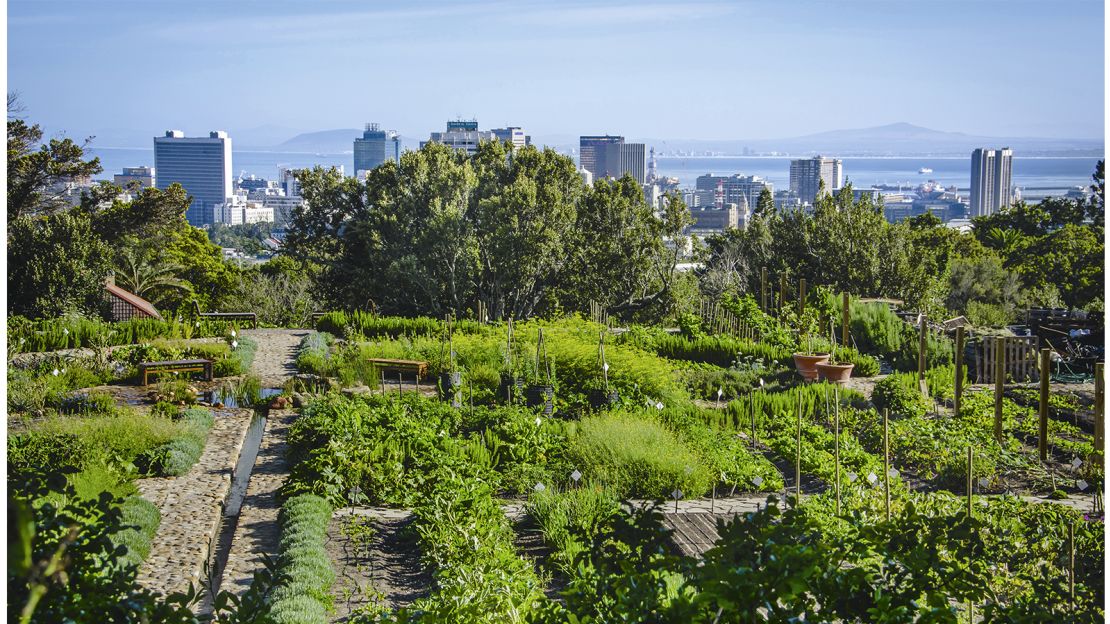The Only Guide for City Blooming
The Only Guide for City Blooming
Blog Article
What Does City Blooming Mean?
Table of ContentsNot known Facts About City BloomingThe Best Strategy To Use For City BloomingNot known Details About City Blooming The 15-Second Trick For City BloomingThe Ultimate Guide To City Blooming
Interested in growing food for sale in the City of Chicago? Below is a list of frequently asked inquiries pertaining to the policies and regulations that cultivators should consider when intending an urban farming project.
The zoning modification does not modify any kind of various other codes taking care of composting, building permits, acquiring or leasing City owned residential or commercial property, organization licenses or environmental contamination. There are existing codes that control these concerns and they continue to be completely impact and might be relevant to your task. Neighborhood gardens are normally possessed or managed by public entities, public companies or community-based organizations and preserved by volunteers.
Urban ranches expand food that is intended to be sold, either on a nonprofit or for-profit basis. As a result of their commercial objective, urban ranches require an organization permit. Yes. An area garden is permitted to offer surplus create that was expanded on website if the sales are accessory or subservient to the yard's key purpose explained over.
What Does City Blooming Do?
The quantity of compost material can not surpass 25 cubic yards at any kind of provided time according to the criteria in 7-28-715 of the City's Municipal Code. Because the soil at many brand-new garden sites needs changing, garden compost, soil, wood chips, or other materials can be obtained to create or boost the growing space.

If a structure license is needed then the hoophouse will certainly be considered an accessory building. You can learn even more regarding the structure authorization needs by contacting the Department of Structures. The 25,000-square-foot size restriction is meant to stop a single area yard from dominating a given block or interfering with the block's existing domestic or commercial character.
The limitation does not put on gardens situated in Public Open Area (POS) areas. Can there be more than one area yard that is 25,000 square feet on a solitary block? Yes. The size limit puts on specific yards, not to private blocks. No. Fence is not needed, nevertheless, gardens that have large parking lot may be needed to install fence or various other landscape design functions.
The Single Strategy To Use For City Blooming
B1 & B2 districts call for that all industrial use tasks be performed inside your home. Is fencing required for city farms? Fences might be required, along with landscaping and testing, for certain vehicle parking areas and outside work or storage space areas depending on location and the details task taking area.
Yes. Urban ranches require building permits and zoning authorizations before construction. Various other types of city testimonial might be called for depending on particular frameworks, tasks, size, landscape design, licensing, public heath and stormwater administration problems. Most of these demands are recognized in the project layout or permitting procedure, however, the applicant may be accountable to independently identify particular licenses or permits that may be called for.
Yes. The kind of permit is established by what is happening at the website. The Division of Company Matters and Consumer Defense can help establish the certain type of service permit that's needed. Yes. Off street vehicle parking is needed for most industrial tasks in Chicago. The called for variety of garage is based upon the number of employees working with site and not the square video footage of the growing room.
How City Blooming can Save You Time, Stress, and Money.

Yes. An urban ranch can sell garden compost product created on site, nonetheless, the procedure must follow the laws in 7-28-715 of sustainable gardening the Chicago Municipal Code. Yes. Aquaponic systems are enabled indoors on urban ranches in many zoning areas. However, a zoning evaluation and structure permit is required in order to install frameworks or systems and an organization certificate is required as explained over.
As much as 5 hives or nests of honey may be maintained as an accessory usage. Nevertheless, beekeepers need to sign up with the Illinois Division of Farming. To find out more concerning the suggested zoning change you may get in touch with the Department of Housing and Economic Development, Bureau of Preparation and Zoning at 312.744.8563.
Farming in cities and urban locations An urban farm in Chicago. Urban farming refers to numerous practices of growing. https://packersmovers.activeboard.com/t67151553/how-to-connect-canon-mg3620-printer-to-computer/?ts=1719460146&direction=prev&page=last#lastPostAnchor, handling, and distributing food in urban locations. The term likewise applies to the location activities of pet husbandry, aquaculture, beekeeping, and gardening in a metropolitan context. Urban farming is differentiated from peri-urban farming, which happens in backwoods at the edge of suburbs.
The 6-Second Trick For City Blooming
It can involve a motion of organic growers, "foodies" and "locavores", who look for to develop social networks based on a shared ethos of nature and neighborhood holism. These networks can create by method of official institutional support, coming to be integrated right into neighborhood community planning as a "transition town" movement for sustainable urban advancement.
Some of the initial proof of city agriculture comes from Mesopotamia.
Report this page